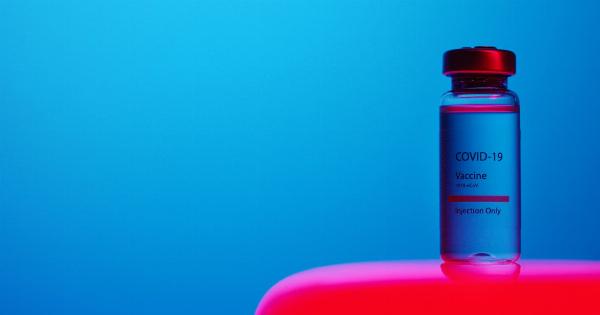Redness and itching of the skin are common symptoms that can be caused by multiple factors, including allergies, irritants, infections, and underlying medical conditions. These symptoms can be uncomfortable and affect a person’s quality of life.
In this article, we will discuss some of the most common causes of skin redness and itching, as well as some solutions to manage these symptoms.
Allergies
One of the most common causes of skin redness and itching is allergies. Allergies can be caused by a variety of triggers, including foods, medications, insect bites, and environmental allergens such as pollen, dust, and pet dander.
When the body is exposed to an allergen, it produces antibodies that cause the release of histamine, a chemical that triggers inflammation and causes itching and redness.
To manage allergy-related skin symptoms, it is important to identify and avoid the allergen trigger. Antihistamines, both topical and oral, can also be used to alleviate itching and redness.
Irritants
Exposure to irritating substances can also cause skin redness and itching. Common irritants include harsh soaps, detergents, and skincare products, as well as certain fabrics like wool.
When the skin comes into contact with an irritant, it can become inflamed, leading to redness, itching, and even blistering.
The best way to manage irritant-related skin symptoms is to avoid the offending substance. Mild, fragrance-free skincare products and detergents can be used to keep the skin clean without causing further irritation.
Moisturizers can also help soothe and protect the skin.
Infections
In some cases, skin redness and itching may be caused by infections. Bacterial, viral, and fungal infections can all lead to skin symptoms.
For example, fungal infections like ringworm and yeast infections can cause red, itchy patches on the skin, while bacterial infections like impetigo can cause itchy blisters.
Treatment for infection-related skin symptoms will depend on the underlying cause. Antibiotics may be prescribed for bacterial infections, while antifungal creams or oral medications can be used for fungal infections.
Antiviral medications can be used to treat viral infections.
Underlying medical conditions
Skin redness and itching can also be symptoms of an underlying medical condition. For example, autoimmune conditions like lupus and psoriasis can cause skin inflammation and itching. In some cases, skin symptoms may be a side effect of medication.
If skin symptoms persist or are accompanied by other symptoms, it is important to see a healthcare professional for proper diagnosis and treatment.
Solutions for managing skin redness and itching
Regardless of the underlying cause, there are several steps that can be taken to manage skin redness and itching. These include:.
- Keeping the skin clean and moisturized with gentle, fragrance-free products
- Avoiding potential irritants and allergens
- Using over-the-counter antihistamines or anti-itch creams
- Taking cool baths or applying cool compresses to the affected area
- Using prescription medications as directed by a healthcare professional
Conclusion
Skin redness and itching can be uncomfortable and bothersome, but there are solutions available to manage these symptoms.
By identifying the underlying cause and taking steps to minimize exposure to irritants and allergens, individuals can often find relief from skin symptoms. If symptoms persist or are accompanied by other health concerns, it is important to seek medical attention for proper diagnosis and treatment.






























